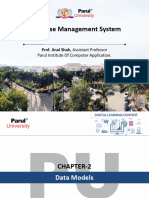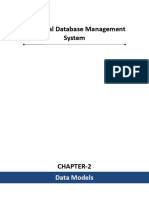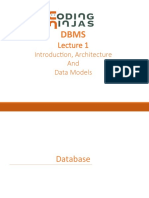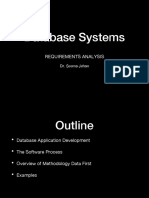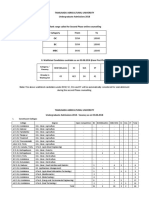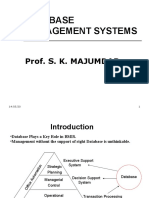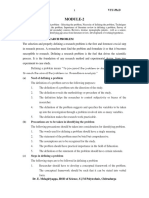0% found this document useful (0 votes)
49 views39 pagesDatabase Systems!: Data Model
This document provides an outline and overview of database systems and data modeling. It discusses major data models like the relational model, entity relationship model, and NoSQL model. It also covers topics like data abstraction, the basic structure of data models, and examples of one-to-one, one-to-many, and many-to-many relationships.
Uploaded by
hgjCopyright
© © All Rights Reserved
We take content rights seriously. If you suspect this is your content, claim it here.
Available Formats
Download as PDF, TXT or read online on Scribd
0% found this document useful (0 votes)
49 views39 pagesDatabase Systems!: Data Model
This document provides an outline and overview of database systems and data modeling. It discusses major data models like the relational model, entity relationship model, and NoSQL model. It also covers topics like data abstraction, the basic structure of data models, and examples of one-to-one, one-to-many, and many-to-many relationships.
Uploaded by
hgjCopyright
© © All Rights Reserved
We take content rights seriously. If you suspect this is your content, claim it here.
Available Formats
Download as PDF, TXT or read online on Scribd
/ 39





















